On our fifth day in Isabela, we boarded our tour bus for the long 85-km. (2-hour) drive to Santa Maria where we were to observe the indigenous Ybanag method of producing pots and earthen ware. Along the way, we crossed the Cagayan River via the Cabagan – Santa Maria Overflow Bridge (usually impassable during heavy rains) which will soon be replaced by the still unfinished, 720 m. long, 12-span, P639.6 million Santa Maria-Cabagan Landmark Bridge.
Upon arrival at Brgy.Poblacion 3, one of four barangays engaged in pottery making (the others are Poblacion 2, San Rafael West and Quinagabian) located in the interior northwestern part of the province, we were welcomed by Santa Maria Vice-Mayor Michael Abraham G. Pagauitan and Municipal Tourism Officer Rex T. Arao. After registering ourselves at the barangay hall, both toured us around the center of pottery making in the community.
The unique indigenous pottery traditions of the Madweng inan Ybanag community showcase the Ybanag (or Ibanag) culture as a whole. Their pottery products differ from other ethnographic people with the way they make this earthenware which they call dweng, an Ybanag term derived from Madweng, referring to an Ybanag potter who makes and sells pottery products made from clay and other indigenous materials.
Santa Maria boasts huge non -metallic deposit of clay (davvun) or mud containing minerals and other organic materials which are similar to those plant and animal remains which is the basically the main ingredient of the dweng (pot). The dweng products of Santa Maria include pots for cooking purposes, vases, storage jars, garden and home decorations and bricks.
Since 1954, save for a minimal technological advancement in manufacturing pots using the hurmaan ( molder), there have been no major changes in the method of manufacture from the teachings of the Kalingas. Like other tribes of the Cordillera Central as well as the Bukidnon, Tausug, Pampango, and Cebuano, they use a technique called “paddle and anvil.”
However, the Pampango, Cebuano, and Tausug use an anvil made of stone while the Mandukayan Kalinga use their hands to shape the pot and press its walls thin, then the inside is smoothened by a curved piece of bamboo. The Ybanag pottery tradition was introduced by the Kalingas. Forming the dweng products of Santa Maria does not happen in single hour or day. To assure its quality upon utilization, it involves various stages and processes in their pottery making.
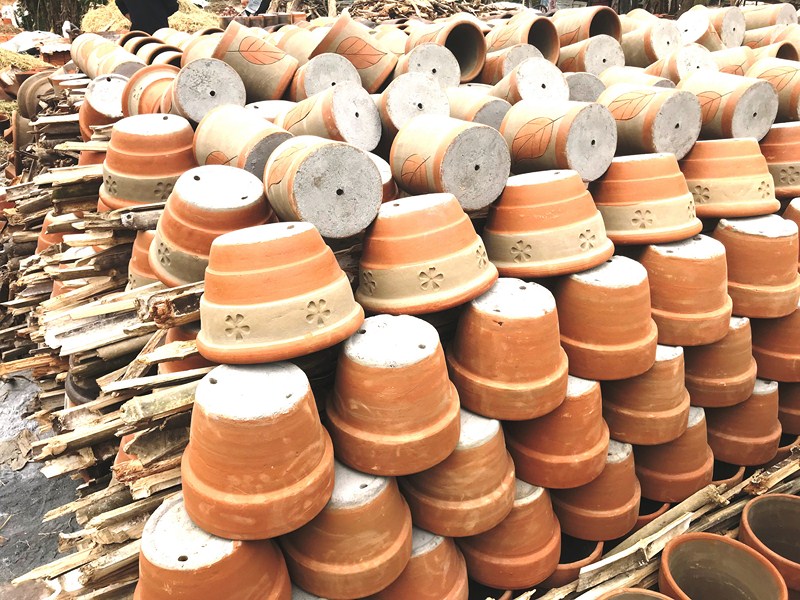
Scrap wood, garani (rice straw)and carabao/cow manure is inserted in spaces between the pots in preparation for the baking process
First, the davvun, from vast lands nearby, are delivered to their community via a careta, carts pulled by tamed animals. The soft davvun (clay) is first manually pounded and then stored in a humid place covered with plastic ready for the Madweng to mammakkal, the process where the clay is being formed in round balls ready to be hollowed.
The molded clay is then wrapped individually with plastic to maintain its moisture, ready for the next stage – the matuvugan (from a root word tuvug meaning “in addition”). In this process, davvun is being added to increase its height and width. Gradually, as it widen, a pempel (a rectangular, flat wooden paddle) is used to paddle the pot while inside is an adadamma (a flat stone) which supports the appepe (a flat wooden paddle used to give shape). All the while, the Madweng paddles to ensure the right shape of the earthen jar. They then need to be dried and covered again for some hours to form the lid of the pot.
In the mabibigan (from the root word bibig meaning “mouth) stage, the lid of the pot is formed with the appepe on the outside, opposite a smooth batu (stone anvil to hollow pre-molded round balls) held inside.
Likewise, a kingkil, an inch wide bamboo stick, is used to scrape and smoothen the rough portion of the pot. The walls of the pot are systematically and carefully made thin, smooth and even with the aid of a lupedas or gami, a soft wet cloth used for trimming the edges of the rim of the pot during the finishing stage. It takes an hour to dry.
After it dries, the pot is ready for the matumpo stage where the pot is turned upside down. As the pot does not yet have a foot to stand up on its own, the base needs to be leveled or flattened using the appepe and the batu to stand.
The next stage is the matakyang (from the Ybanag term meddan tu takki na meaning “to add support”). In this process, a tȁgang (a pre-formed clay patterned from the lid of an aluminum pot) is designed to hold the pot in place until it dries.
After this process is systematically done, the pots are now ready for the maffulang (painting) stage. A kind of davvun is used to color or paint the pots red. For a while, the davvun is soaked in water to soften the soil, ready to be kneaded, until it becomes fine. The residue is strained to ensure the finest quality. In this stage, a commercial paint brush is used to paint the pot to its natural look. To facilitate the painting faster, a potter’s wheel, manually operated by the foot, is used to yield more than a hand does.
After mafulla stage, the pots will be dried for a while. They proceed to makkili stage where uneven or rugged parts of the pots are scraped and a lupedas used for the finishing touches. Next is the akkingki , another step to keep the pots shiny.
When this is done, the pots are now ready for the last stage for all kinds or types of dweng – the magabba or maluttu (firing, baking or cooking) stage. Magabba is an Ibanag term which means to cook or “mallutu.” This stage is usually done in the their own workshop or within an open area adjacent to their houses. This busy and laborious day for the potters, done with so much prudence and caution during the hottest ray of sunshine, takes a whole day, from the preparation down to cooking and cooling.
In the cooking area, the dweng is arranged on top of the evenly scattered pieces of dried wood or the carabao/cow manure and evenly covered by garani (rice straw) as each side is protected by unused or rejected dwengs, in anticipation of a possible collapse happening. Then the firing begins. Depending on the products and its volume, cooking hours ranges from a minimum of 3 to 5 hours. This indigenous way of cooking has been introduced and practiced for a long time and until the present.
How to Get There: Santa Maria is located 451.2 kms. (a 10-hr. drive), via the Pan Philippine Highway, AH26, to Manila and 7.8 kms. (a 1.5-hr. drive) from the City of Ilagan.
Municipal Tourism, Culture and Arts Office: mobile number: (0905) 692-1342.



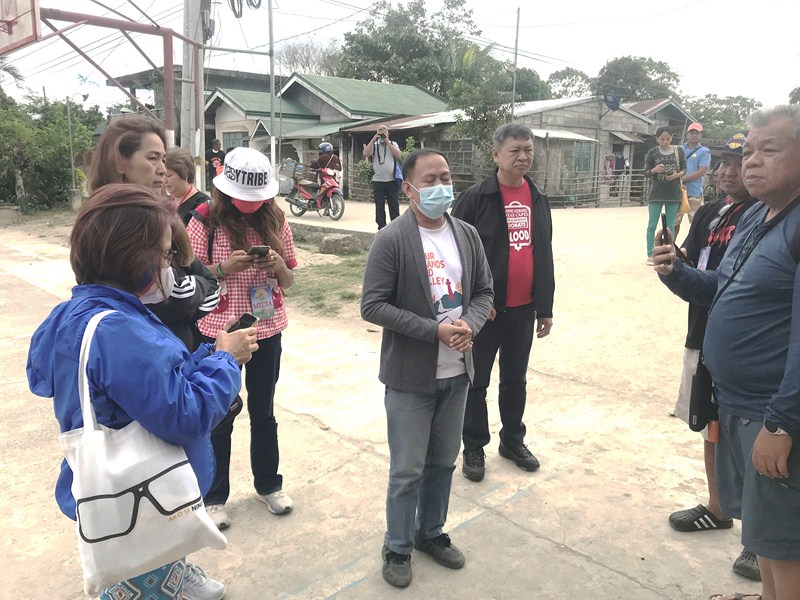
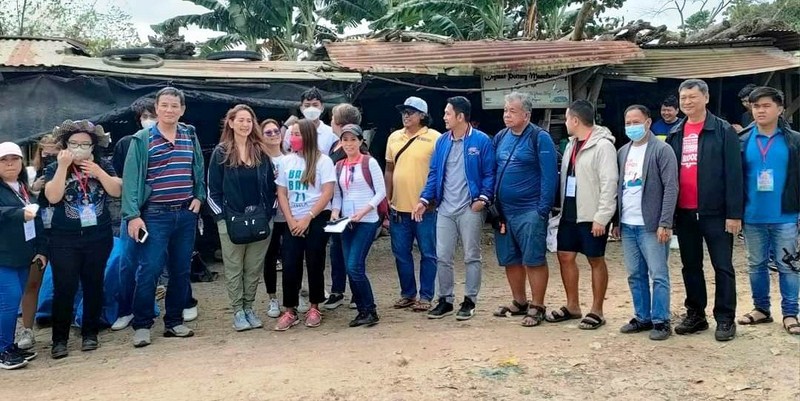
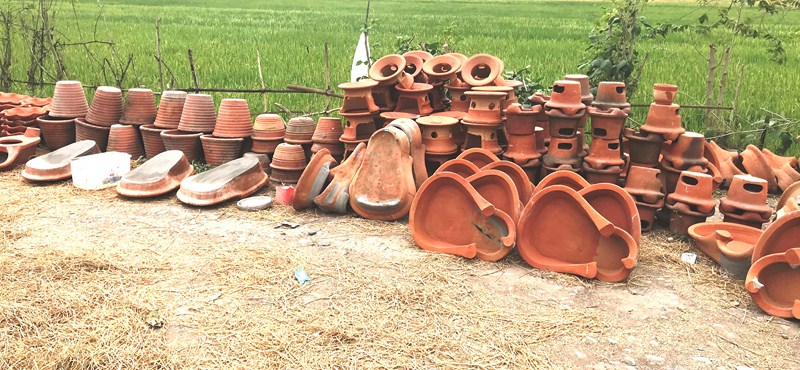




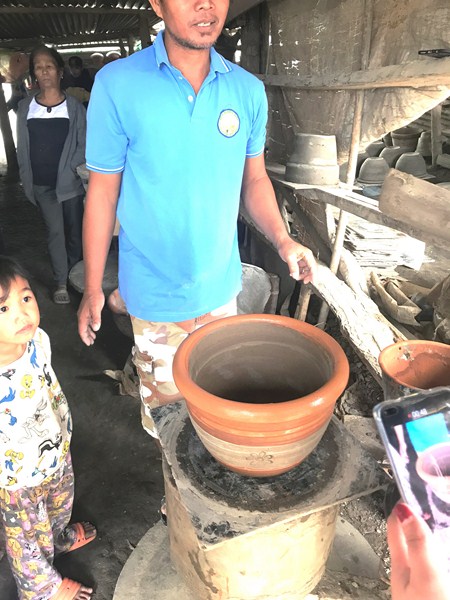
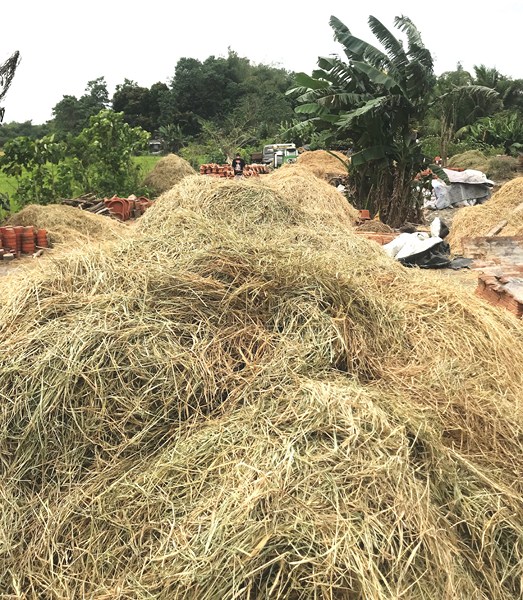
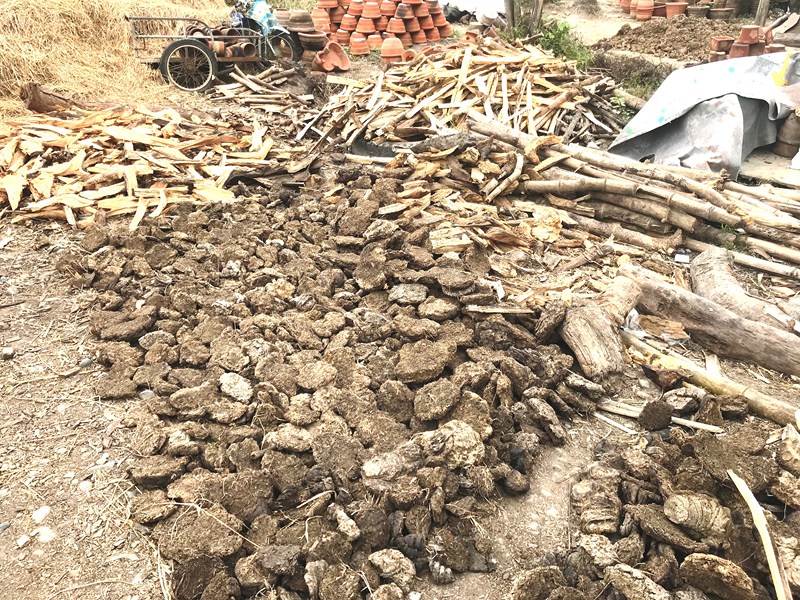
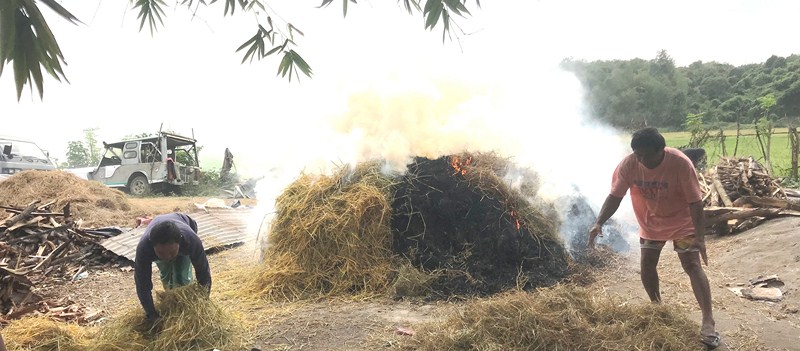
GOOD AM PO. I AM FROM LGU POT. WE ARE COMING TODAY TO VISIT YOUR PRODUCTS. MAY I HAVE YOUR CP NUM? THANKS, ISA AQUINO
pwede ba mahingi contact num nyo. thanks, isa – lgu-Piat